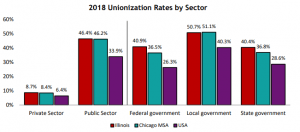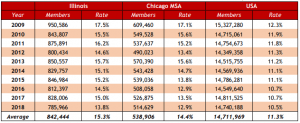November 2019
Just announced! NAFC’s 22nd National Conference will be held on Sept. 20-22, 2020, in Chicago, Illinois, at the Palmer House Hotel. Please save the date and ensure to join NAFC members and affiliates at the most comprehensive fair contracting conference in the nation. The NAFC National Conference is attended by hundreds of participants from across the nation, including representatives from labor organizations, responsible contractors, fair contracting compliance organizations as well as researchers, academics, attorneys and officials from federal, state and local governments.
Visit our website for further information.










